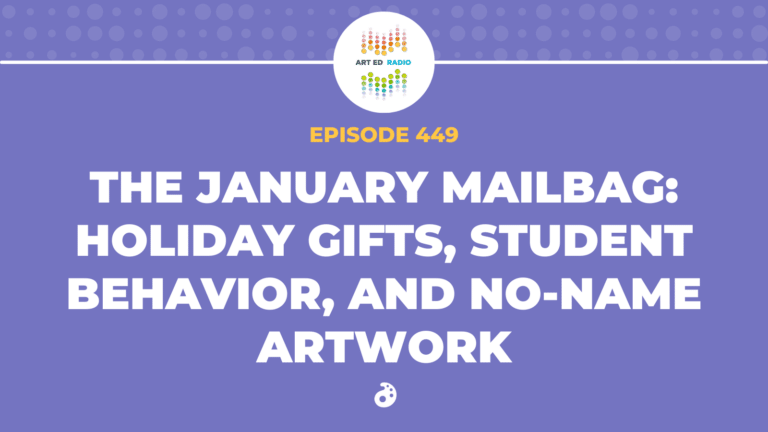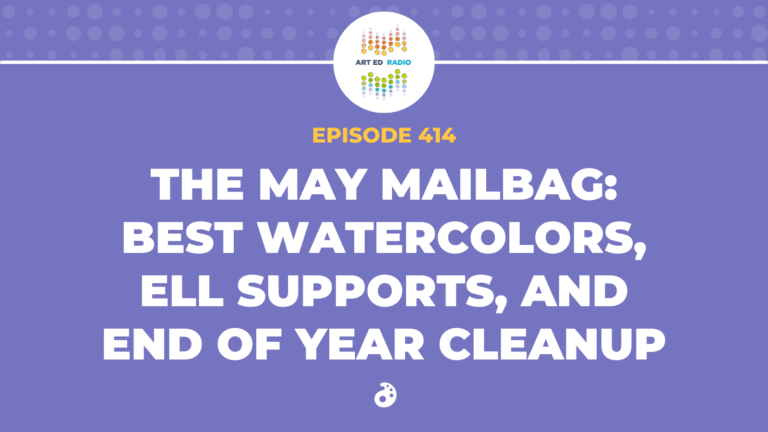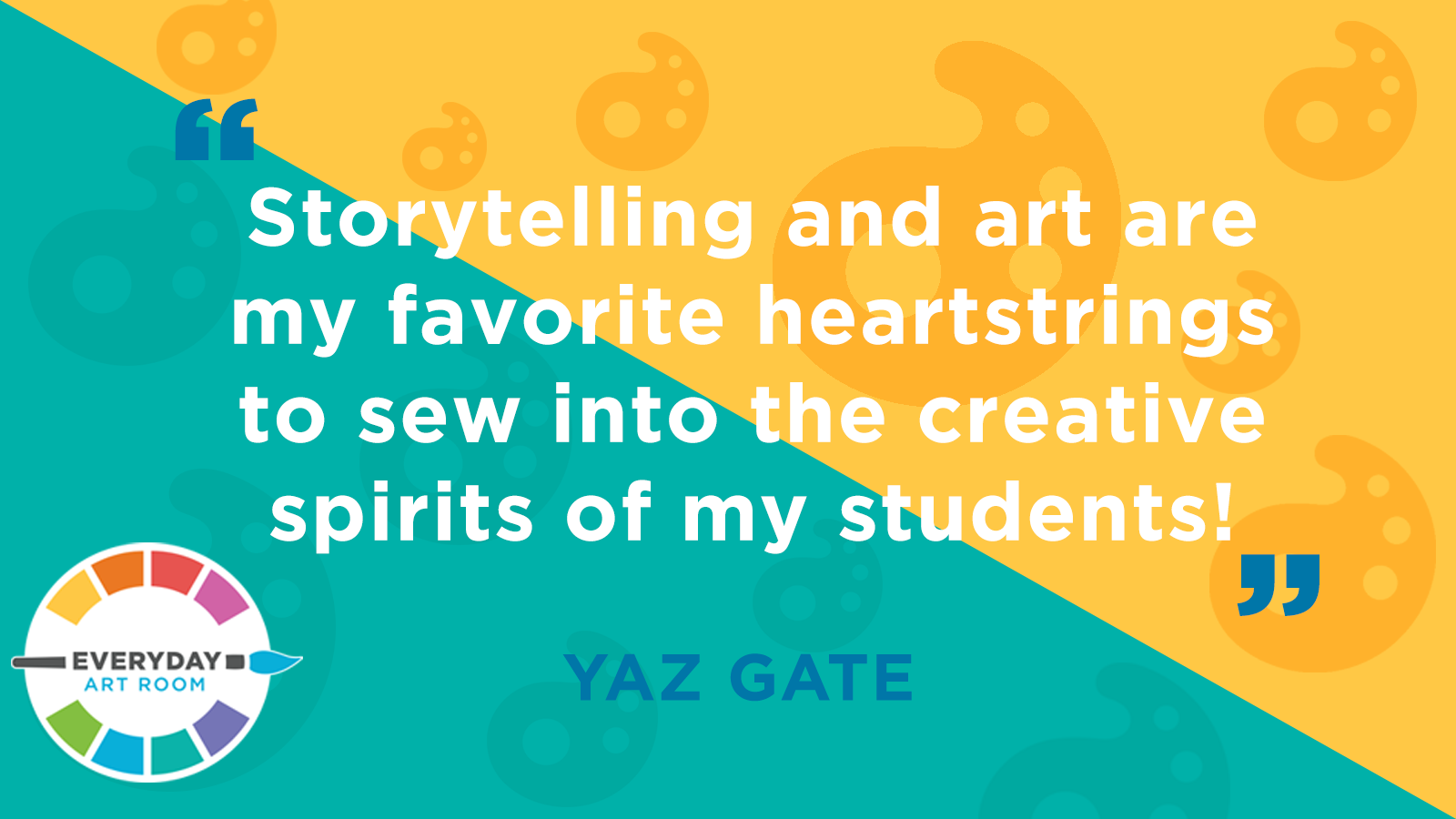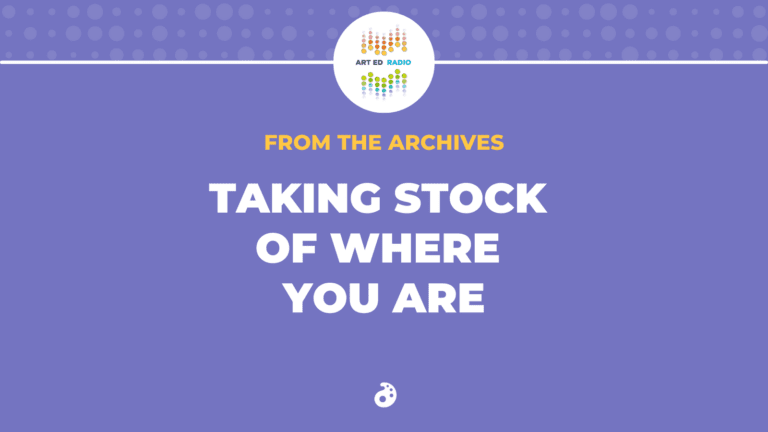Related

Uncategorized
 Podcast
Podcast
The January Mailbag: Holiday Gifts, Student Behaviors, and No-Name Artwork (Ep. 449)

Uncategorized
 Podcast
Podcast


